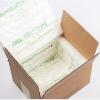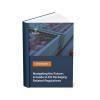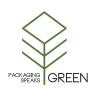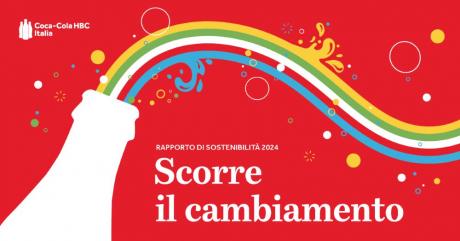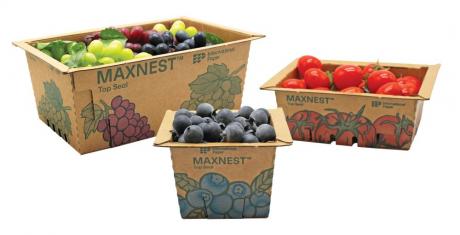According to the IdentiPack observatory, realised by Conai and GS1 Italy, on 50% of the products on the shelves in Italy there is already information on the type of packaging and its correct disposal in separate waste collection, as required by current legislation.
The fourth report of IdentiPack, the National Observatory on Environmental Labelling, shows that in the last year, products on the national market that carry environmental information on their packaging are steadily increasing.
This figure is encouraging, especially in light of the mandatory environmental information from January 2023. Out of more than 136,000 FMCG products analysed, in fact, information on the type of packaging and the correct disposal in separate collection already appears for 50% of those on the shelf (+3.2% compared to the previous year) and for 74.4% of those actually sold (+2.6% compared to 2022).
There are 60,246 products whose shelf packaging has the material identification coding, in accordance with Decision 129/97/EC. They correspond to 44.1% of the total number of on-shelf references in grocery (+5.3% compared to the previous year) and 68.5% of the total number of packages sold (+3.8%).
Furthermore, to date, 10,399 references carry voluntary environmental labels and information (7.6% of the total number of products on the shelves in large-scale retailing and almost 11% of the packages sold).
Product sectors
Among the sectors analysed, the refrigeration sector confirms its leadership position for the communication of compulsory environmental information on packaging: ice cream and deep-frozen food products take first place for the incidence of products that carry on the label the identification coding of the material, as well as indications on the type of packaging and on the correct disposal in separate waste collection.
Meat was also well placed, in second place for the presence of material identification coding information.
Fresh produce also did well, in third position for information on the identification coding of the material and second for information on the correct disposal of packaging in separate waste collection.
The gradual increase in the amount of packaging that communicates environmental information on the label represents a great change: it is not only a matter of complying with an obligation, but also of having understood how important it is to communicate the environment through packaging," comments Ignazio Capuano, Conai president.


